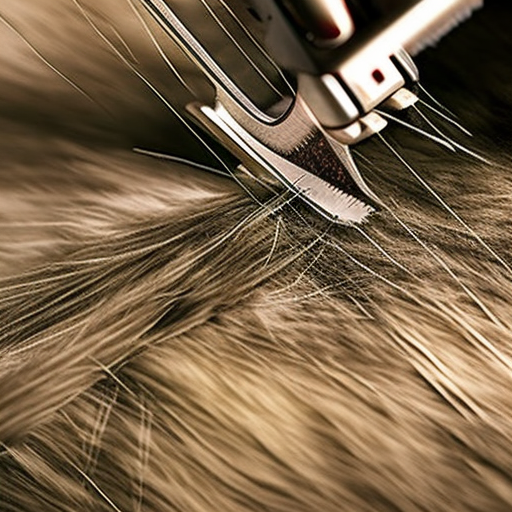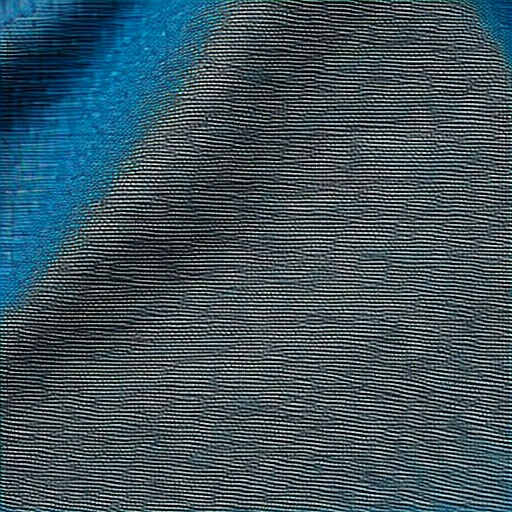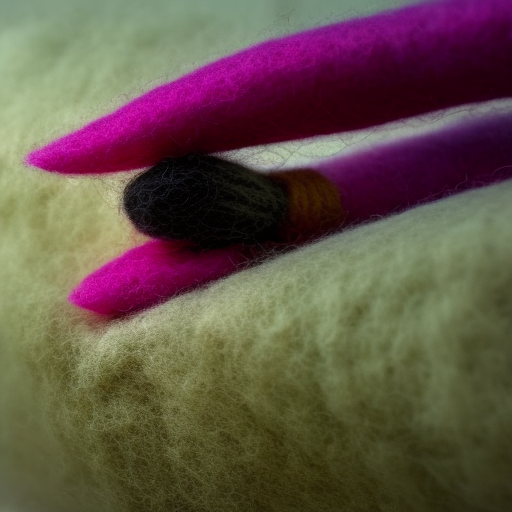
fur-fabric.jpg” alt=””>
Fur fabric is a luxurious and warm material that can be used for various sewing projects. Whether you are making a cozy coat, a plush blanket, or a soft accessory, sewing with fur fabric requires some special techniques and considerations. This article will guide you through the process of sewing fur fabric effectively.
Choosing the Right Fur Fabric
When selecting fur fabric for your sewing project, there are a few factors to consider:
- Type of fur: Decide whether you want faux fur or real fur. Faux fur is an animal-friendly option that offers a wide variety of patterns and colors, while real fur provides authentic texture and warmth.
- Pile length: Determine the length of the fur pile depending on your project’s requirements. Longer piles deliver a more dramatic look, while shorter piles are easier to sew and maintain.
- Backing: Check the backing material of the fur fabric. A sturdy woven backing is preferable for stability and ease of sewing.
Preparing the Fur Fabric
Before you start sewing, follow these steps to properly prepare the fur fabric:
- Measure and cut: Measure and cut the fur fabric according to your pattern or desired dimensions. Use a sharp pair of scissors to cut the fabric from the backside, avoiding the fur strands as much as possible. Cut through the backing only.
- Trim the fur: Trim any excess fur from the seams and edges of the fabric to reduce bulkiness and make sewing easier. Be careful not to cut the backing fabric.
- Secure the edges: To prevent shedding, you can apply a thin line of fabric glue or hand-stitch the edges of the fur fabric.
Techniques for
Here are some sewing techniques to help you work with fur fabric:
- Pin and baste: Instead of using regular pins, use clips or long basting stitches to hold the fabric pieces together. This prevents damage to the fur and reduces the chance of visible pin marks.
- Use a walking foot: A walking foot helps ensure that the layers of fur fabric move evenly, preventing uneven stitching. It also prevents the fur from getting trapped under the presser foot.
- Lengthen your stitch: Lengthening your stitch can help prevent puckering or bunching of the fabric. Experiment with the stitch length on a scrap piece before sewing your actual project.
- Trim seam allowances: After sewing a seam, trim the fur close to the stitching line. This reduces bulk and helps the finished project lie flatter.
Remember to test these techniques on scrap fabric before starting your project to ensure desirable results.
Finishing Touches
After completing your sewing, don’t forget these final steps:
- Press carefully: Use a pressing cloth and a low heat setting to gently press the seams and remove any wrinkles. Avoid pressing the fur directly to prevent damage.
- Clean the fur: Regularly brush or shake out your fur fabric items to keep them looking fresh and fluffy. Consult the care instructions specific to your fabric type for proper cleaning.
With these tips in mind, you are ready to embark on your sewing journey with fur fabric. Enjoy the process and create beautiful and cozy creations!





Fur fabric can be a fun material to use for a range of projects!
Maggie Marquez: I’ve never worked with fur fabric before, but I’d love to give it a try!
I’m excited to see the end result of this project! Faux fur can be a great way to add texture and softness to any project, and I’m sure the result will be something truly unique and beautiful.